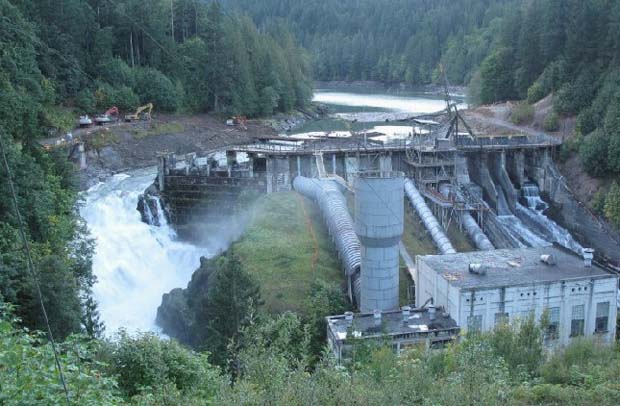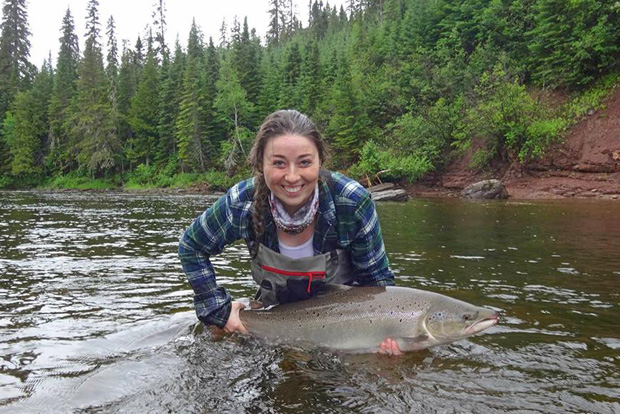
Removal of two dams—the Elwha and Glines Canyon—on Washington’s Elwha River will open up over 70 miles of salmon and trout habitat that have been blocked for almost 100 years. Scientists predict that native salmon and steelhead populations will rebound from their current estimates of several thousand per year to over 300,000 in a matter of decades.
“There is not a simple answer regarding dams and their impact on trout and salmon population, as well as other species, such as forage fish. The loss of and fishing opportunities is incalculable. The impact of dams depends on the type and operation of the dam itself
There are some 75,000 dams over six feet tall on rivers across the United States, and at least tens of thousands of smaller dams (possibly hundreds of thousands—the exact number is unknown). The cumulative impact of these structures can be devastating to rivers, trout and fishing.
“Even some politicians are now understanding that the world’s water supply is infinite and efficient usage is something that has to be put into practice. These concerns are not just to ensure future generations of robust fisheries, but survival as the human race. And no, being wise is not painful at all.” – Trout Unlimited
Water efficiency in the Southeast: A “Hidden Reservoir”
By American Rivers
[dropcap]T[/dropcap]e Southeast United States faces unprecedented challenges to its water supply. Growing populations and the impacts of climate change are putting new strains on communities and their rivers. Our local leaders are facing the pressing question of how to ensure a clean, reliable water supply for current and future generations.Traditionally, building more dams and reservoirs was the first and only answer to water supply problems. But these 19th-century approaches should not be the primary solutions for our new 21st century challenges. They don’t address the root problem — water is finite, and we are not using the water we do have wisely.
Relying solely on building large new dams is not cost-effective, and it won’t solve today’s water needs. Per gallon, dams cost up to 8500 times more than water efficiency investments. Dams are fixed in one place and hold a limited amount of water. Even when we do get sufficient rains to fill reservoirs, these giant pools can lose tremendous amounts of water through evaporation.
For these reasons, building new dams should be the absolute last alternative for solving our water supply needs. “Hidden Reservoir,” a report by American Rivers, makes the case that water efficiency is our best source of affordable water and must be the backbone of water supply planning. By implementing the nine water efficiency policies outlined in this report, communities across the Southeast can secure cost-effective and timely water supply.
Solution
American Rivers advocates at the national, state and local levels for water efficiency and low impact supply solutions that provide cheaper, faster, and more reliable water than costly and harmful new dams and other short-sighted water storage projects. And we work to protect the water flowing in rivers so that it can continue to nourish our communities for years to come.
How you can make a difference at home
• Fix leaks inside and outside of your house. A one-drop-per-minute leak can add up to 2,700 gallons of water wasted in a year.
• Use rain or gray water to grow the plants in your yard, rather than using high-quality potable water.
• Replace old equipment like toilets, faucets, dishwashers and washing machines with high-efficiency, Energy Star, and WaterSense-labeled appliances. The U.S. Environmental Protection Agency (EPA) lists rebate programs by state available to help defray the cost of new appliances, and you can discover your potential savings here.
Featured Image Atlantic Salmon Foundation.
To read more about water saving programs implemented in your city go here . . .


